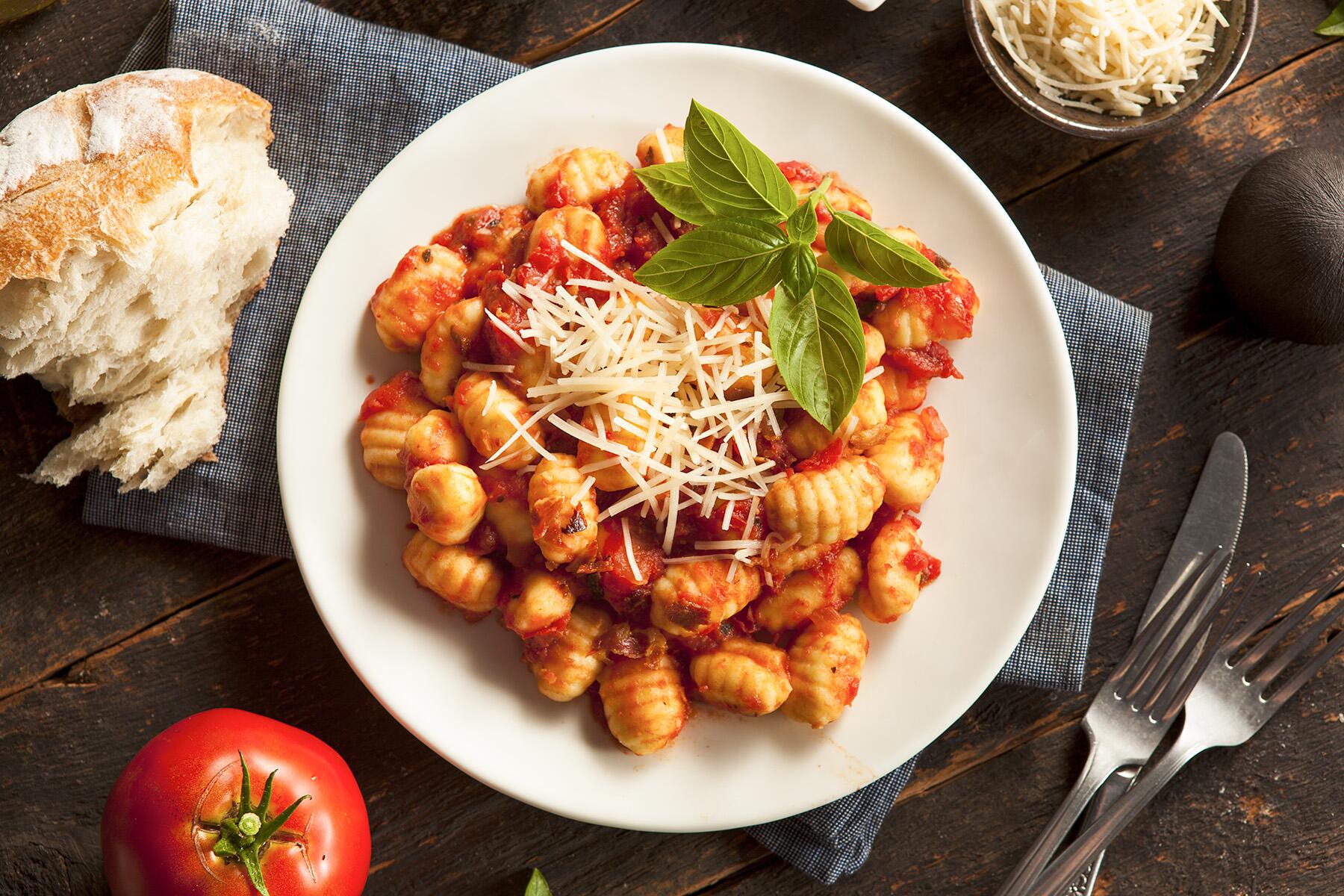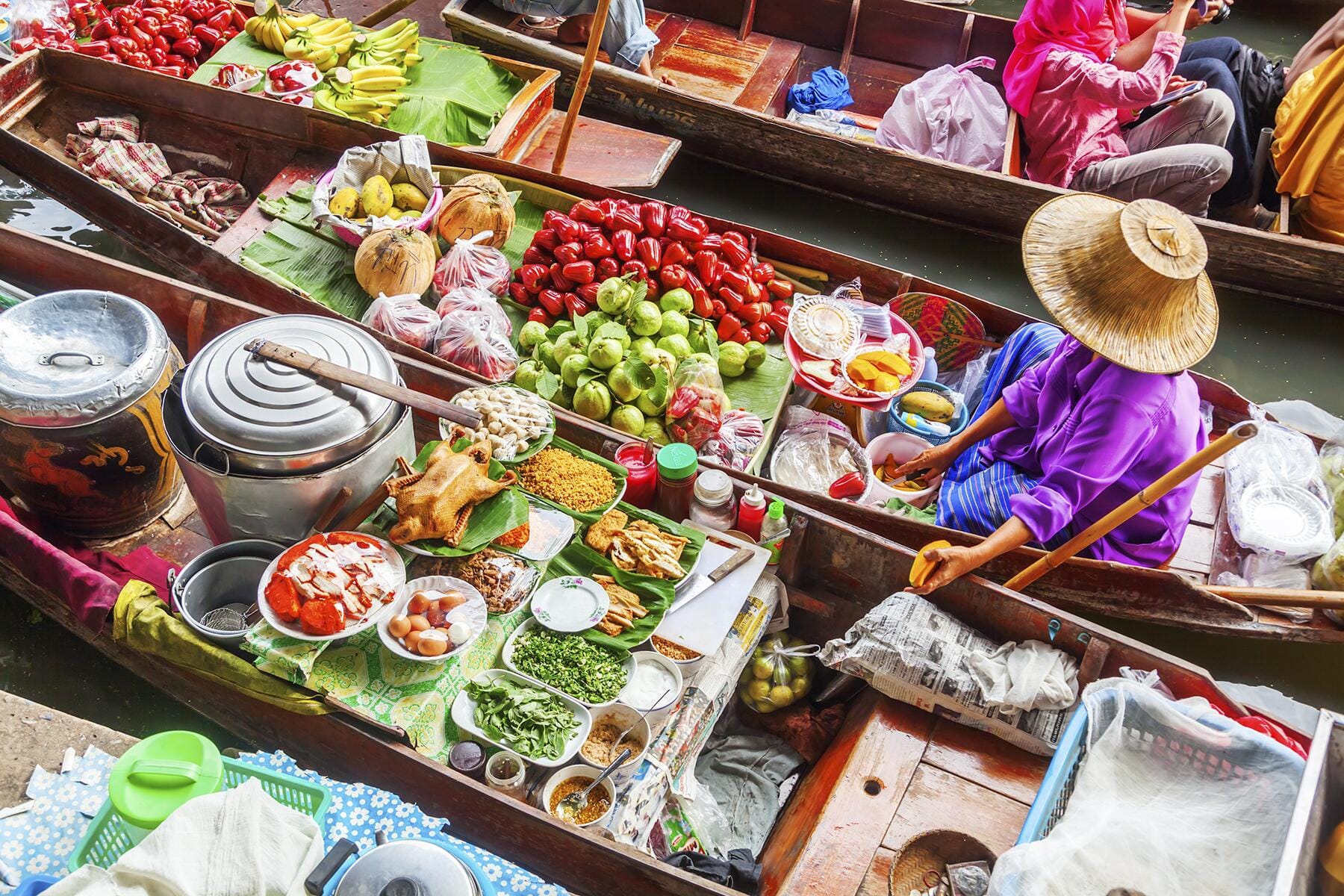From Swiss chocolates to Italian olive oil, bringing home food souvenirs will prove more expensive in 2024.
Keychains of the Eiffel Tower. T-shirts reading “I love Peru.” A mug featuring the famous New York skyline. There are so many souvenirs you can buy that instantly whisk you off to a happy memory. While there is nothing wrong with starting a strong collection of mugs, keychains, and ornaments, chances are they’ll gather dust in a dark corner of your home.
As a frequent traveler, I was also a souvenir-collecting traveler, but it has been over two decades since I brought my last non-edible souvenir. I reached a point in my travels where I no longer found a purpose in buying the umpteenth magnet of my favorite landmark and didn’t really find the joy in a little teaspoon embossed with the Leaning Tower of Pisa, so I stopped buying pointless items and opted for edible food souvenirs instead.
I love buying food souvenirs for friends and family after returning from time abroad, whether that’s in southern France (nougat is my favorite), Australia (vegemite, of course), or the coastal towns of Sweden (kalix roe–tak!). Food souvenirs can offer a glimpse into the culture of a place; even something you buy from a supermarket, like olive oil in Greece or bubble tea-flavored snacks from Taiwan, can bring the flavors of a destination home to your loved ones.
While food souvenirs can prove a cheaper alternative to airport gifts, that hasn’t been the case lately, as the world grapples with inflation, grocery prices in supermarkets are rising because of international conflict, climate change, and high energy prices, pushing smaller, family-run producers to increase their margins. Items like olive oil from Spain are set to be more expensive in 2024 because of a series of droughts throughout the country; artisan rice from Italy and Japan are getting pricier due to hot weather conditions; and even whiskey from Scotland is set to be higher, too.
If you love buying food souvenirs, you might have to dig a little deeper in 2024, but if you are going to do so, it may be best to support locally run businesses so they can continue to fight climate change and other factors driving up food (souvenir) prices together.
I, too, stopped bringing home tchotkes years ago. Sometimes I bring home small, jarred food items or cheeses that are allowed through customs, but my go-to souvenirs are socks and locally made soaps or shampoos. Both useful, and when I wear/use them I'm reminded of my time in that city or country. And they aren't gathering dust on a shelf.







NOM! Food souvenirs are the best! And FYI - The writer doesn't actually mention fresh fruit or veg here nor condonining violating custom rules! Olives and even kimchi come in jars nowadays.